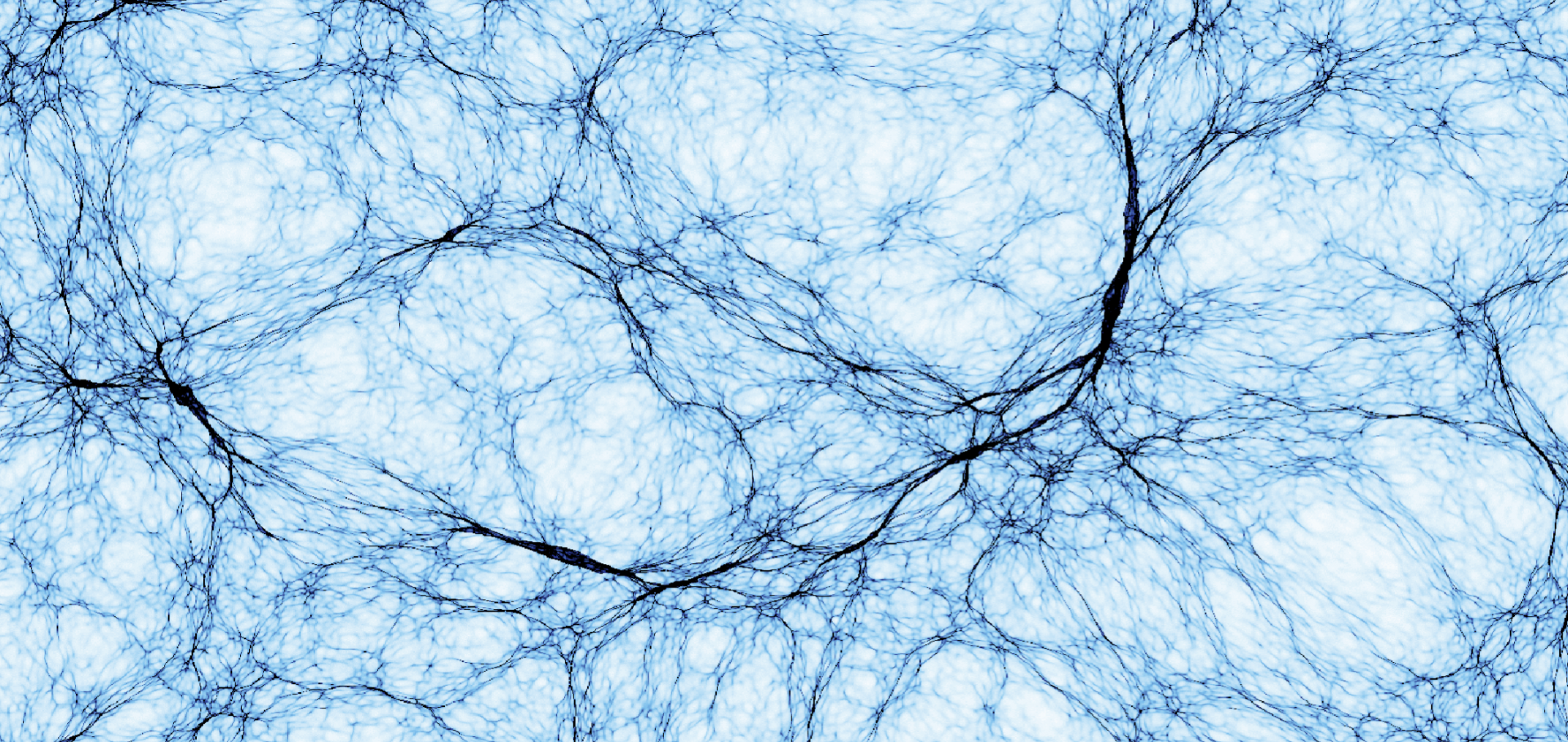Saturation of the compression of two interacting magnetized plasma toroids evidenced in the laboratory
Nature Communications Nature Research 15:1 (2024) 10065
Abstract:
Interactions between magnetic fields advected by matter play a fundamental role in the Universe at a diverse range of scales. A crucial role these interactions play is in making turbulent fields highly anisotropic, leading to observed ordered fields. These in turn, are important evolutionary factors for all the systems within and around. Despite scant evidence, due to the difficulty in measuring even near-Earth events, the magnetic field compression factor in these interactions, measured at very varied scales, is limited to a few. However, compressing matter in which a magnetic field is embedded, results in compression up to several thousands. Here we show, using laboratory experiments and matching three-dimensional hybrid simulations, that there is indeed a very effective saturation of the compression when two independent parallel-oriented magnetic fields regions encounter one another due to plasma advection. We found that the observed saturation is linked to a build-up of the magnetic pressure, which decelerates and redirects the inflows at their encounter point, thereby stopping further compression. Moreover, the growth of an electric field, induced by the incoming flows and the magnetic field, acts in redirecting the inflows transversely, further hampering field compression.Cosmic-ray confinement in radio bubbles by micromirrors
Monthly Notices of the Royal Astronomical Society Oxford University Press 532:2 (2024) 2098-2107
Abstract:
Radio bubbles, ubiquitous features of the intracluster medium around active galactic nuclei, are known to rise buoyantly for multiple scale heights through the intracluster medium (ICM). It is an open question how the bubbles can retain their high-energy cosmic-ray content over such distances. We propose that the enhanced scattering of cosmic rays due to micromirrors generated in the ICM is a viable mechanism for confining the cosmic rays within bubbles and can qualitatively reproduce their morphology. We discuss the observational implications of such a model of cosmic-ray confinement.Collisional whistler instability and electron temperature staircase in inhomogeneous plasma
(2024)
Laboratory realization of relativistic pair-plasma beams
Nature Communications Springer Nature 15:1 (2024) 5029
Abstract:
Relativistic electron-positron plasmas are ubiquitous in extreme astrophysical environments such as black-hole and neutron-star magnetospheres, where accretion-powered jets and pulsar winds are expected to be enriched with electron-positron pairs. Their role in the dynamics of such environments is in many cases believed to be fundamental, but their behavior differs significantly from typical electron-ion plasmas due to the matter-antimatter symmetry of the charged components. So far, our experimental inability to produce large yields of positrons in quasi-neutral beams has restricted the understanding of electron-positron pair plasmas to simple numerical and analytical studies, which are rather limited. We present the first experimental results confirming the generation of high-density, quasi-neutral, relativistic electron-positron pair beams using the 440 GeV/c beam at CERN’s Super Proton Synchrotron (SPS) accelerator. Monte Carlo simulations agree well with the experimental data and show that the characteristic scales necessary for collective plasma behavior, such as the Debye length and the collisionless skin depth, are exceeded by the measured size of the produced pair beams. Our work opens up the possibility of directly probing the microphysics of pair plasmas beyond quasi-linear evolution into regimes that are challenging to simulate or measure via astronomical observations.Collisionless conduction in a high-beta plasma: a collision operator for whistler turbulence
(2024)


